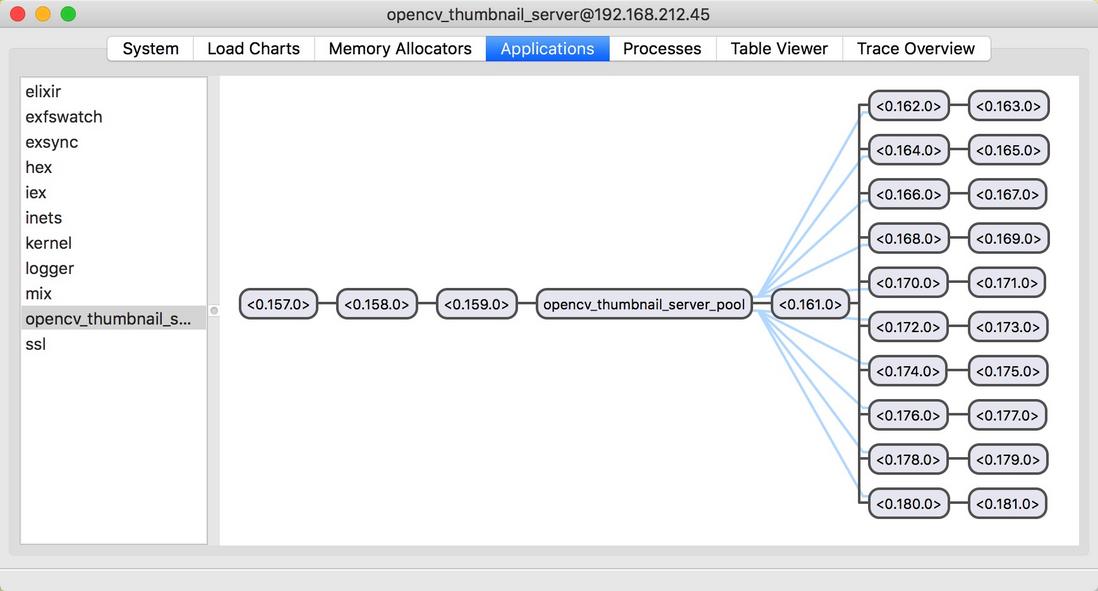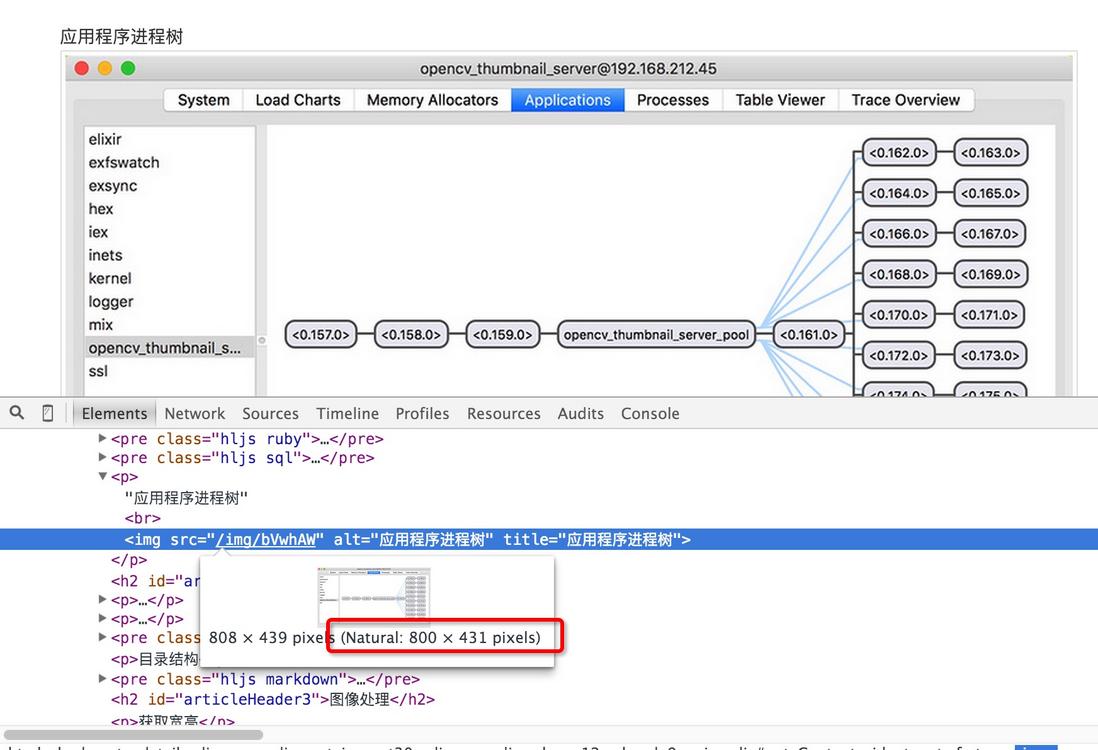# -*- coding: utf-8 -*- import urllib2 as urllib import numpy as np import cv2 def load_image_url(url): resp = urllib.urlopen(url) buf = resp.read() return buf def load_image_file(filename): image = cv2.imdecode(filename, cv2.IMREAD_COLOR) return image def get_photo_sizes(): return [ [160, 160], [320, 320], [640, 640], [1060, 1060], [1280, 1280] ] def show(buf): # print buf # x = cv2.imdecode(image, cv2.IMREAD_COLOR) # d = cv2.cvtColor(c, cv2.COLOR_RGB2BGR) np_ndarray = np.fromstring(buf, dtype=np.uint8) x = cv2.imdecode(np_ndarray, cv2.IMREAD_UNCHANGED) return cv2.imshow('NBA Image', x) def write(buf): nparray = np.fromstring(buf, dtype=np.uint8) img = cv2.imdecode(nparray, cv2.IMREAD_UNCHANGED) return cv2.imwrite('/tmp/imwrite.png', img) # def get_dimension(): # url = '/upload/otherpic40/16010642_1200x1000_0.jpg' # resp = urllib.urlopen(url) # buf = resp.read() # x = np.fromstring(buf, dtype=np.uint8) # img = cv2.imdecode(x, cv2.IMREAD_UNCHANGED) # # height = np.size(img, 0) # # width = np.size(img, 1) # height, width = image.shape[:2] # return (width, height) def get_dimension(buffer): # 把原始的二进制图片数据转换为NpArray nparray = np.fromstring(buffer, dtype=np.uint8) # 把 nparray 转换为 opencv 的图像格式 image = cv2.imdecode(nparray, cv2.IMREAD_UNCHANGED) height, width = image.shape[:2] return (width, height) def convert_color(): url = '/upload/otherpic40/6941baebgw1epzcuv9vmxj20me0hy0u1.jpg' resp = urllib.urlopen(url) buf = resp.read() x = np.fromstring(buf, dtype=np.uint8) img = cv2.imdecode(x, cv2.IMREAD_UNCHANGED) if __name__ == '__main__': get_dimension() | 

































